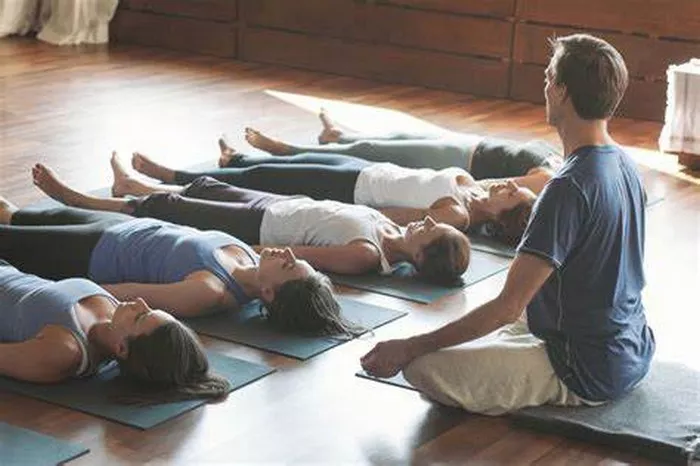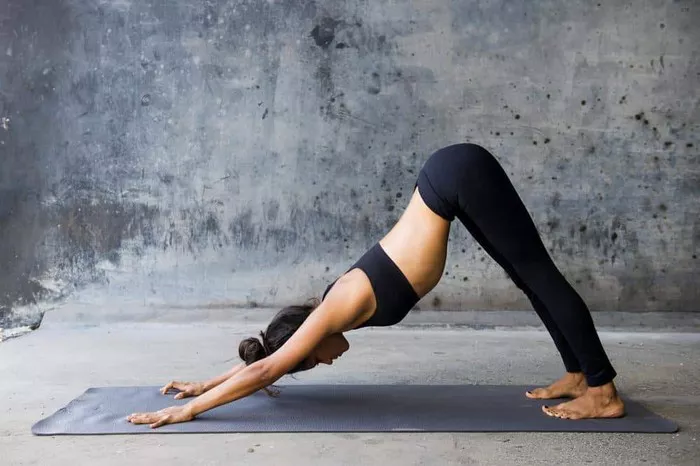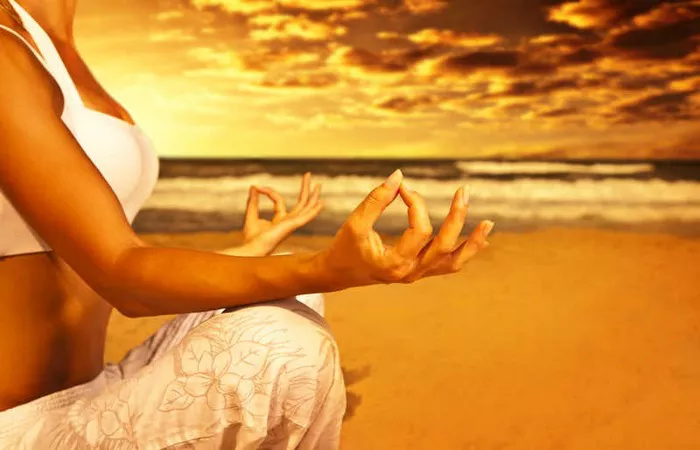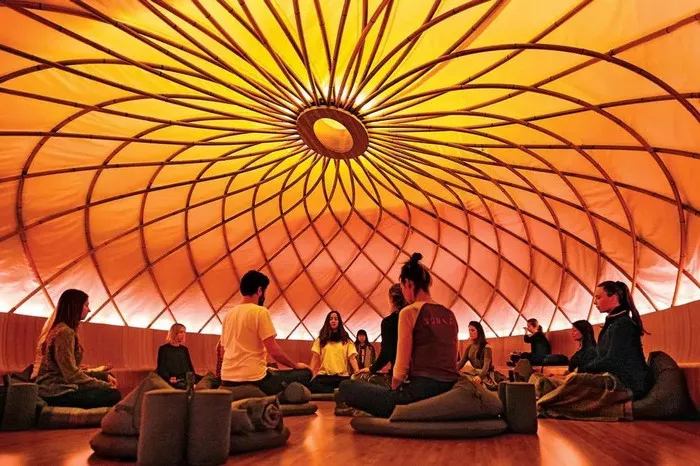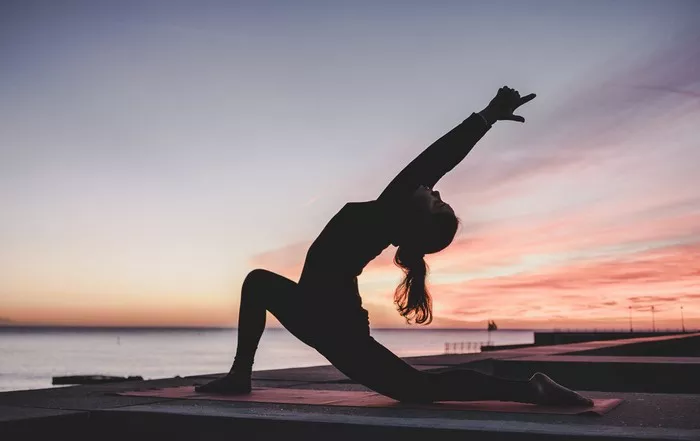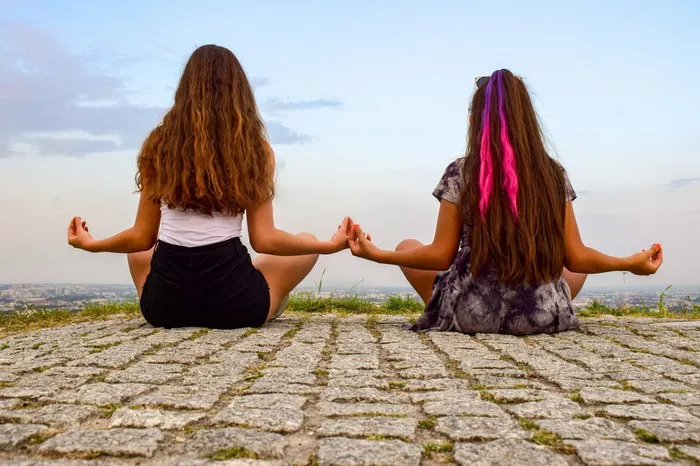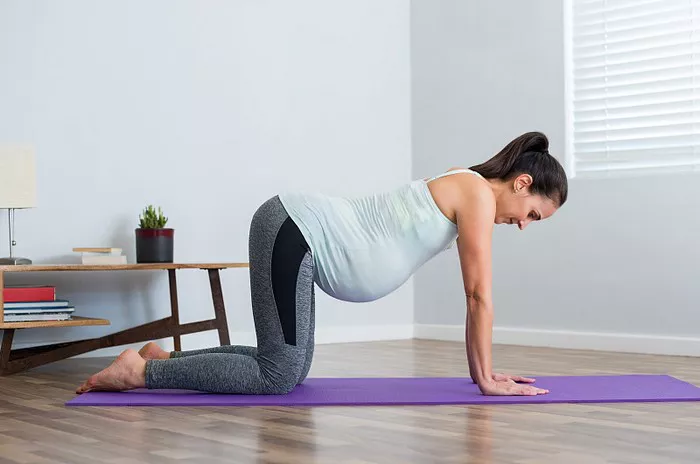The Child Pose, or Balasana, is a foundational yoga posture that is widely practiced in yoga sessions of all levels. Despite its simplicity, this asana is known for its profound benefits to the body and mind, making it a perfect addition to your everyday routine. In this article, we will explore what the Child Pose is, its variations, benefits, and why it is such a valuable tool for modern-day wellness.
Understanding Child Pose (Balasana)
In yoga, every posture serves a specific purpose and comes with unique physical, mental, and emotional benefits. The Child Pose, or Balasana in Sanskrit, is often introduced early in a practice as a way to relax, recover, and realign. The name “Balasana” comes from the Sanskrit word “Bala,” which means “child,” and “Asana,” which means “pose” or “posture.” Thus, it can be translated as the “Child’s Pose.”
In its most basic form, the Child Pose is performed by sitting on your knees with your hips resting on your heels, bending forward, and lowering your forehead to the ground. Your arms can either be extended forward or relaxed alongside your body, with palms facing up. While it looks like a resting posture, the Child Pose offers much more than a break during yoga practice. It is a full-body stretch and a deeply restorative posture that works to calm the nervous system, release tension, and improve flexibility.
How to Practice Child Pose (Balasana)
Before diving into the benefits and variations, it’s important to know how to correctly practice Child Pose.
Step-by-Step Guide to Child Pose:
Start on Your Mat: Begin by kneeling on your mat, with your knees either together or slightly apart—whichever feels most comfortable for you.
Sit on Your Heels: Allow your hips to gently rest on your heels, and ensure that your feet are flat on the mat with the tops of your feet pressing downward.
Lower Your Torso: Gently fold forward, allowing your chest to rest on your thighs and your forehead to come to the floor. If your forehead doesn’t reach the floor, you can place a yoga block or cushion under your head for support.
Stretch Your Arms: You have two options for your arms:
Extended Arms: Reach your arms forward, keeping them shoulder-width apart, with your palms facing down. This will enhance the stretch along your back and help lengthen your spine.
Relaxed Arms: Alternatively, you can bring your arms alongside your body, with your palms facing up. This variation provides a more calming and grounding effect.
Focus on Your Breathing: In this position, focus on deep, slow breaths. Inhale as you feel the expansion in your ribcage, and exhale, letting go of tension with each breath.
It’s important to stay in this pose for at least 30 seconds to one minute to allow the body to fully relax. However, if you feel any discomfort in the knees, back, or hips, you can modify the pose as needed by using props or adjusting the width of your knees.
The Benefits of the Child Pose for Everyday Life
The Child Pose is more than just a restorative break during yoga. It offers a range of physical, mental, and emotional benefits, making it a powerful tool in your daily wellness routine. Let’s explore how regular practice of Balasana can help you.
1. Relieves Stress and Calms the Mind
In today’s fast-paced world, stress is a common companion for most people. Whether from work, family obligations, or personal pressures, stress can take a significant toll on your mental and physical health. Child Pose is one of the most effective yoga poses for calming the mind. The gentle folding forward activates the parasympathetic nervous system, which is responsible for rest and relaxation. As a result, your body enters a state of deep relaxation, which helps lower stress hormones such as cortisol.
In addition, the gentle stretch in the back and the act of resting the forehead on the ground can trigger the relaxation response, inducing a sense of calm and tranquility. This makes the Child Pose an excellent tool for those who experience anxiety or mental exhaustion.
2. Improves Flexibility
Balasana is a simple yet effective way to improve flexibility, particularly in the hips, lower back, and thighs. The forward fold provides a gentle stretch to the spine, which encourages elongation and flexibility. It also stretches the hamstrings, quadriceps, and calves, areas where tightness is common, especially for people who sit for long hours during the day.
When practiced consistently, the Child Pose can help relieve stiffness and increase overall flexibility in the body. This improvement in flexibility can contribute to better posture, increased range of motion, and fewer injuries in everyday activities.
3. Relieves Back Pain
For many people, back pain is a constant concern. Whether from sitting for long periods, poor posture, or strain from physical activity, back pain can interfere with daily life. The Child Pose offers a gentle stretch to the back muscles, providing relief from tension and tightness. It helps lengthen the spine and release built-up tension in the lower back, which can help reduce discomfort.
The forward bend in Child Pose gently decompresses the vertebrae and relieves pressure in the back, helping to alleviate lower back pain. Additionally, it can stretch the muscles along the spine, improving spinal alignment and reducing the risk of future back issues.
4. Promotes Better Posture
Poor posture is a common issue for people who spend extended periods sitting, especially at desks or computers. Child Pose can help improve posture by stretching the spine and encouraging proper alignment. It allows the body to reset by elongating the back and promoting awareness of spinal alignment.
Regular practice of Child Pose can also open up the shoulders, reduce slouching, and counteract the forward hunch many people experience when hunched over screens. This can lead to a more balanced posture in both yoga practice and daily life.
5. Aids Digestion
Child Pose can aid in digestion by gently massaging the internal organs. As you fold forward, your abdomen is compressed against your thighs, which can help stimulate the digestive system. This gentle pressure on the abdomen encourages circulation to the digestive organs, promoting healthy digestion and reducing bloating or discomfort.
For people who suffer from digestive issues like constipation or bloating, Child Pose is a gentle and effective way to support the body’s natural processes. The pose can also relieve gas and stimulate the intestines, making it a great option for daily digestive health.
6. Relieves Tension in the Neck and Shoulders
The neck and shoulder area is where many people carry tension, especially due to stress or poor posture. Child Pose can help release built-up tension in the neck and shoulders, offering relief from discomfort or tightness in these areas. By gently stretching the back and relaxing the upper body, the Child Pose helps to alleviate strain in the shoulders and neck muscles.
Additionally, the act of lowering the forehead to the mat can also help ease tension in the head and neck region. This can be particularly helpful for people who experience tension headaches or stiffness due to prolonged sitting.
7. Encourages Mindfulness and Relaxation
One of the most significant benefits of Child Pose is its ability to foster mindfulness and relaxation. When practiced correctly, the pose encourages a deep sense of awareness of the body and breath. By focusing on slow, deep breathing, you can connect with the present moment and cultivate a sense of calm. This mindfulness can reduce the mental clutter and stress that often accompanies daily life.
As a resting pose, Child Pose also allows the body to reset between more strenuous postures. It gives you the opportunity to tune in with your breath and take a mental break before continuing your yoga practice or returning to your daily activities.
Variations of Child Pose
While the basic Child Pose is highly beneficial, there are several variations that can be incorporated into your routine depending on your body’s needs or level of flexibility.
Wide-Legged Child Pose (Balasana with Legs Apart): In this variation, the knees are spread wider apart, and the torso is allowed to sink lower between the thighs. This version provides a deeper stretch in the hips and lower back.
Thread the Needle Child Pose: This is a variation where, from the traditional Child Pose, one arm is extended forward while the other arm threads underneath, bringing the shoulder and the side of the head to the mat. This provides a deep stretch in the shoulders, upper back, and neck.
Reclining Child Pose: For those with knee discomfort or tightness, this variation involves lying on your back with your knees drawn in toward your chest in a gentle forward fold. You can rest your head on a cushion or block.
Extended Child Pose: In this version, the arms are stretched out further in front of you, lengthening the spine and enhancing the stretch along the back.
When to Practice Child Pose
The beauty of the Child Pose is that it can be practiced at any time of day. Whether you are beginning or ending a yoga practice, using it as a warm-up or cool-down, or incorporating it into your daily routine, Balasana can bring restorative benefits to your body and mind.
Morning: Begin your day with a few minutes of Child Pose to relax and center yourself before starting your activities.
Midday Break: Take a few minutes to practice Child Pose when you feel stressed or need a quick mental reset.
Before Bed: End your day with Balasana to release tension from the body and prepare for restful sleep.
Conclusion
The Child Pose (Balasana) is a deceptively simple yet highly effective yoga posture that brings numerous benefits to your physical, mental, and emotional well-being. By practicing this pose regularly, you can improve flexibility, reduce stress, relieve tension, and promote better posture and digestion. Whether you are a seasoned yogi or a beginner, incorporating Child Pose into your everyday routine can be a powerful tool for enhancing overall health and wellness.
Take a few moments every day to sink into Child Pose and experience the profound restorative effects it offers. With its gentle yet powerful benefits, Balasana is a pose that can serve you well in your yoga practice and throughout your everyday life.
Related topics:




